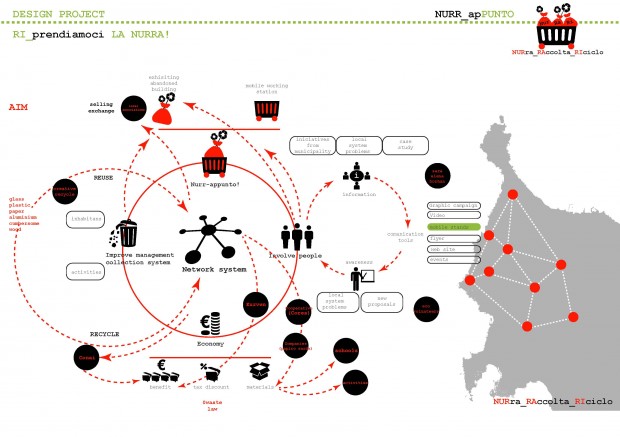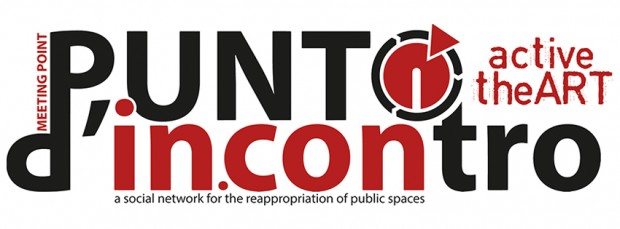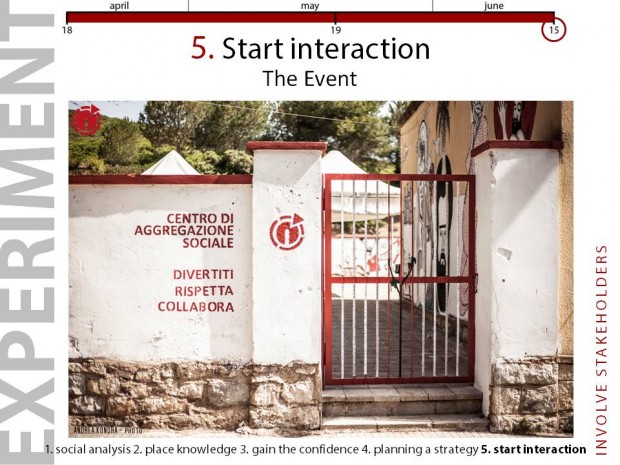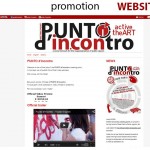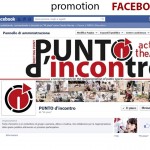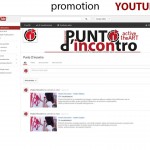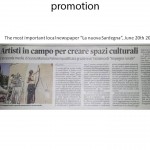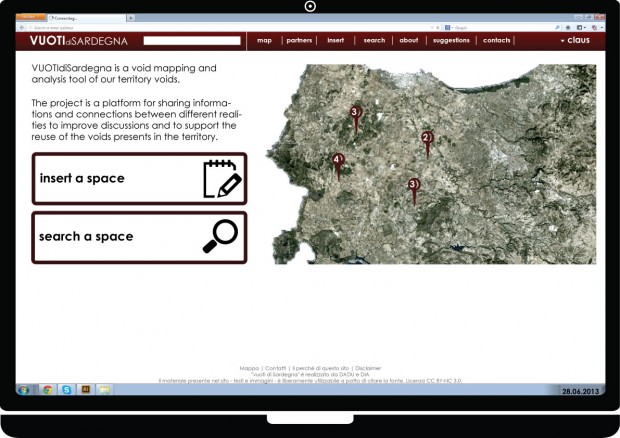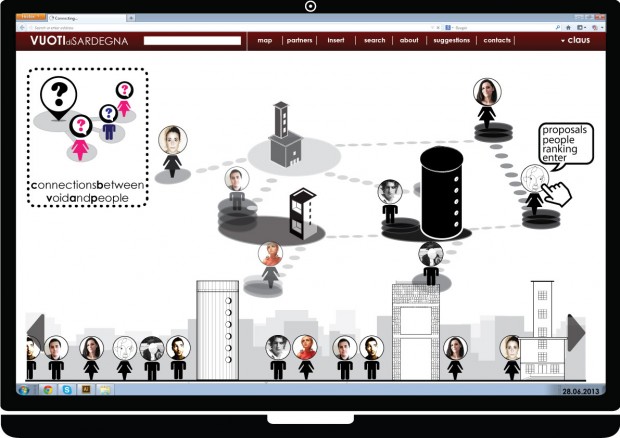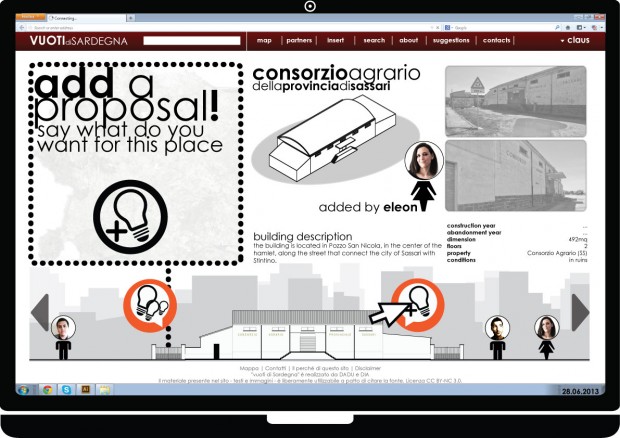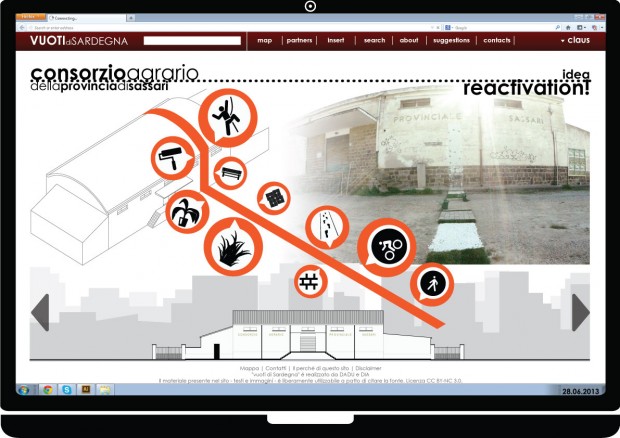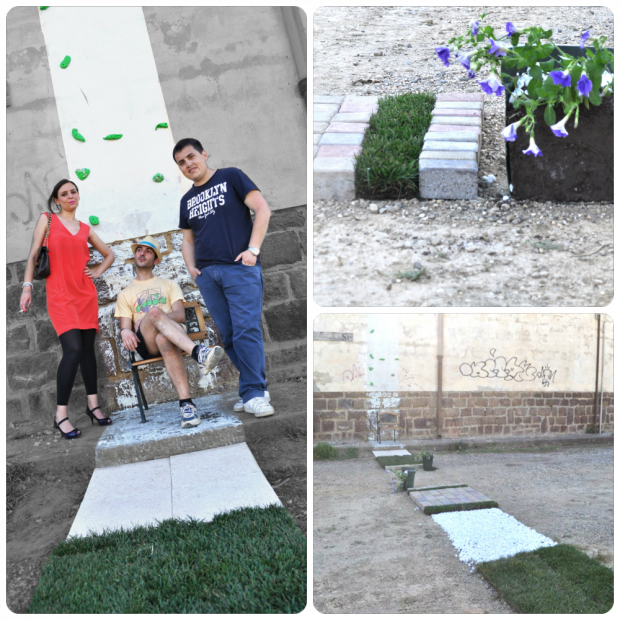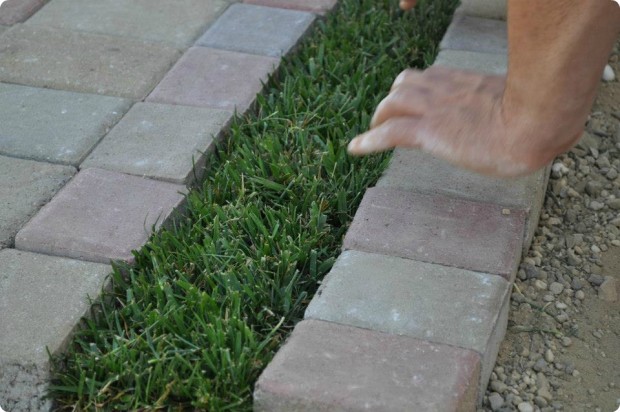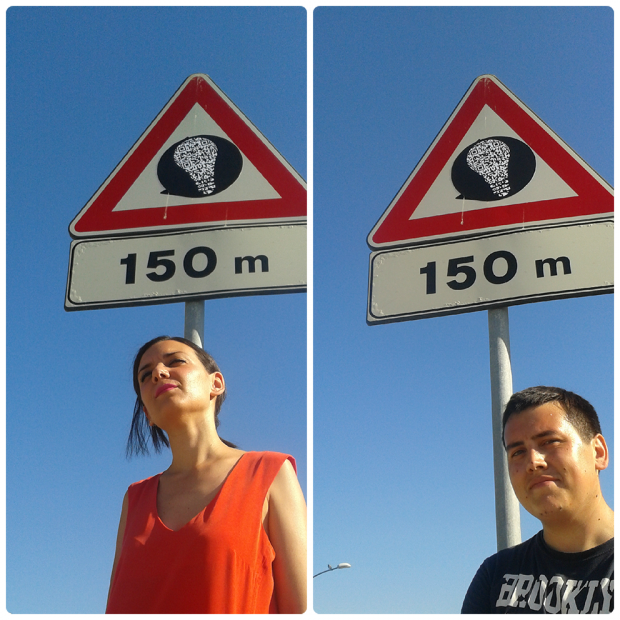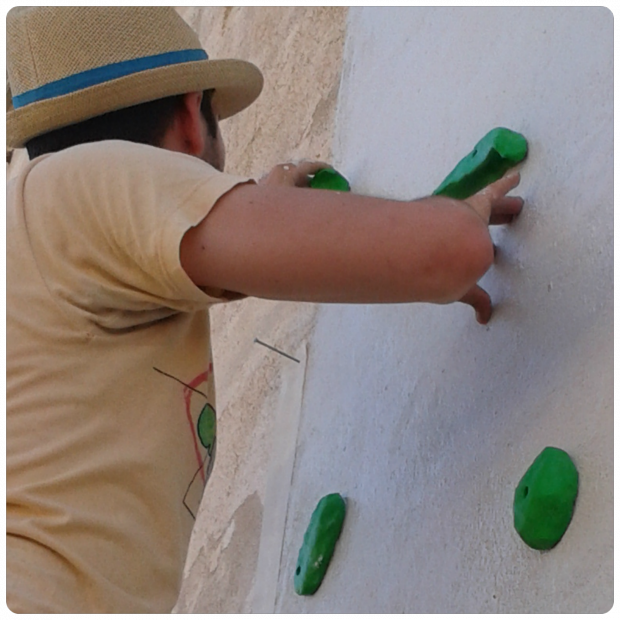Networked Urbanism
design thinking initiatives for a better urban life
apps awareness bahrain bike climate culture Death design digital donations economy education energy extreme Extreme climate funerals georeference GSD Harvard interaction Krystelle mapping market middle east mobility Network networkedurbanism nurra nurraempathy placemaking Public public space resources Responsivedesign social social market Space time time management ucjc visitor void waste water Ziyi
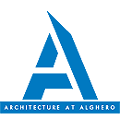
Sardinia UrbanLab – Spring 2013
Master Studio carried on during the spring semester at the Alghero School of Architecture, Urbanism, Architecture and Design Department, University of Sassari. Exploring the Nurra Region in Sardinia, the territory with the lowest population density in Italy, with 5 inhabitants per km². This Region is facing important challenges in order to develop within a sustainable model. Resources, waste, economy, social, mobility, landscape (natural+man made), urban voids, digital layer,… are the topics chosen as a starting point for a deeper understanding of the actual reality and future challenges of Nurra.
After our work resume, here’s our video for VUOTIdiSardegna, the Social Database for abandoned places in Sardinia.
The topics of the project are: Economy, Social Life and Resources.
We made a research on how economy could be improved in Nurra, by working with their own resources.
Starting from the beginning we want to analyze our pros and cons for each step.
“THINK BIGGER”
Due to this recent hard times for Economy people started to join different trade systems.
And the way to do it would be by proposing an exchange system of skills and local resources, by using a local virtual currency, by increasing tourism and communication and by creating a platform of networking activities.
We started to investigate what happens locally and check up the real situation by asking for specific datas, making some tests…and video-interviews and here are some results:
100% said that we need a place to meet friends
100% said that I can be a potential farmer
90% said that we need a local food market
So we tried to think about a real solution starting from their needs.
Now in Nurra they have 72% of empty fields and 50 % of unemployed young people, but the 60% of them has farming skills at least to produce food for themselves. They could start working on their lands and expand their network towards the city.
So we thought about design an itinerant food market that could became also an important meeting point, a place where they could exchange products and skills.
In this way we planned a three steps long-term strategy for a social exchange process to develop a new rural economy.
Starting from hobby farmers, their empty fields, and their skills, they could activate a small free-exchange market in order to attract visitors!
Network of people would increase in order to have a consortium, introducing also a direct purchase, a enlargement of the market with some associations who can connect them to the big cities.
Finding some fundings they could turn into professional farmers with bigger production and a bigger network of people trading with other companies.
“ACT LOCALLY”
We came back in Tottubella where we found key people who started to help us.
We created a page on Facebook and we tried to involve them! We designed a logo and we named the project! We posted some examples but people didn’t react ‘cos they don’t have any internet connection.
We kept on trying! We planned a meeting in Tottubella and we realized that the group was bigger and they planned a meeting with a voluntary association called AlfaUno where we proposed our project.
We pushed something new for them: a ay of street market where they could promote themselves just free-exchanging!
Then we realized that maybe in a next future it’s Nurra that has to be online and not associations who need to come overthere!!
Thus we designed a web site, as if it is a social network where people can meet other people who are offering what they’re looking and exchange it in the way they prefer. It works like a database where you can look for products…or skills…and different ways of trading, such as free exchange or money trade. You can even find there some associations who can help you to increase your market.
You can also meet new friends… you just have to create your profile, offer something and start to interact using your mail box!
Young people already helped us by fulfilling profiles and it seems they liked it.
In a long term thinking this could be very valuable for different reasons. They can increase their network, they can create teams of producers and realize a new market, and in this way they can be aware of which is their main product and the amount of production, without the need of a big investment.
As first experience in the real world we are happy that we pushed them through new thinking and consciousness.
We hope that we left them at least with some curiosity.
http://meetinmarcha.weebly.com/index.html
Nurrarì is a proposed network of collection, information and transformation points in Nurra. The topic of the project starts from the problem of waste in a low density area, as Nurra. Is it possible to transform the problem of the waste in an opportunity for the territory? Can the waste be resources?
The work is divided in different phases:
1. BECOMING EXPERT_ At the beginning we tried to became experts in the topic and we started to collect data about the waste management system in Nurra.
2. GENERAL STRATEGY_ After collecting all the information we proposed a general strategy created a network of collecting point (Nurrarì) to improve the waste management system in Nurra and reduce the waste.
3. ACT NOW_ As the strategy is very general we decided to focus of one aspect: the involvement and attraction of the people through the design of a new “physical” information system, using the collected information and the existing eco-volunteers pavilion ( a simple standard mobile working station).
1.During the first part of the course analyzed the official sources we went to visit and interviewed the main authorities and companies involved.
• the manager of Scala Erre (the main solid urban waste landfill in Nurra);
• the responsible of Gesenu (company which manage the system of the waste collection and transportation);
• Sassari Municipality ( in the person of council member responsible of the environmental issues);
• the factory manager of the main collection points for the differentiated waste (Gesam, R.G.M.);
• The manager of Cartiera Logudoro (one of the few factory using recycled material);
• The referent of the draft law “Rifiuti Zero” for the Nurra area;
• The eco-volunteers (a group created by the municipality with the aim of informing the citizens about the differentiated waste).
After collecting all the information, we created a report of the real situation about the waste management system in Nurra. That report was the starting point of the project. This phase was very important because the whole system is very complicated and only a small part of the citizens really knows how it works.
We used the obtained data and we analyzed the impact in social, economic and environmental aspects. From our analysis we found some critical points, which are:
• Exploitation of natural environment to the use of three landfill site.
• Decentralized waste management system in Nurra (centered in the main city of Sassari).
• Weakness of information and communication from the municipality mismanagement of the system;
2.Starting from these critical point, we propose a general strategy, in order to involve people of Nurra through creating a network of multifunctional points inside every village (Nurrarì), encouraging the citizens to have a proper waste management system. These “Nurra points” should have 3 different functions:
a_COLLECTION of the differentiated waste and selection to reuse and recycle.
b_INVOLVING PEOPLE, by activate them into the system and improve the tools for communication and information. For example we can rethink about the existing mobile stand, used for awareness program, in a more efficient way .
c_PROPOSE A SYSTEM OF FINANCIAL BENEFIT, through the collaboration with local productive activities.
The goal of this proposed system are:
• to reduce the disposal of undifferentiated waste to the existing landfill of Scala Erre in Nurra, that will be closed in seven years;
• to improve the collection of differentiate waste;
• to decrease the CO2 emission and the costs of the transport system;
• to decrease the waste municipality fee.
3.It’s important to specify that all these benefits can be reached in the future only if all the people will take an active part. For this reason one of the function of the Nurra point of each village will be the awareness and information about the system.
This is why we chose to focus on this issue in the third part of our work.
Starting from the existing eco-volunteers pavilion, we customize it, making it an identity sign for the eco-volunteers groups, and at the same time the support for all the information about the system. The aim is to improve the information tools using it for show how the Nurra waste management system works, its critical points and its opportunities. The exhibition panels are made using cardboard tubes, according to the aim of texting all the possible use of recycled materials.
It was one of the most the most interesting part of the work, because it was not only a project but we tested it in the real word, building some of the panels with the collaboration of the eco-volunteers, and using it during one arranged day in Palmadula. Now it is only a prototype, but it can be improved and become the new eco-volunteer mobile working station.
With the findings of our research and proposal we want to make people aware of the existing problems and opportunities about the proper management of waste in Nurra.
It also can be useful for the municipality and different organizations to reconsider the management system of Nurra and communication to the citizens.
http://www.youtube.com/watch?v=hQt45hNxz0M&feature=youtu.be
Elena, Sara, Borhan
What is this?
Punto d’inconto is a research case study that through an experiment want to test the participatory process in a suburban area.
AIM
Create a social network for the reappropriation of public space through a participatory process.
PROCESS
Theory. Method. Data collection. Data Processing. Data testing. Hypothesis. Experiment. Outcome.
THEORY
WHY?: To involve local stakeholders affected by a common problem and make them participate in decision making process
WHO?
• a politician who guarantees the administrative process
• a strong and assertive technician who coordinates the process
• local and external stakeholders
HOW?
• integrating different points of view
• endorsing different positions
• involving actors who don’t usually meet
WHEN?
• when there are strong conflicts (actual or potential)
• when we need skills and expert knowledge
METHOD
STRATEGY
• identify a conflict
• define the actors
• involve stakeholders
5 OPERATIVE STEPS:
1. social analysis
2. place knowledge
3. gain the confidence
4. planning a process: interactive space, meetings, collaborations
5. start interaction: PUNTO d’incontro EVENT
DATA COLLECTION
DATA PROCESSING
Every place can be different for everyone, it’s the culture and meaning behind it that matters and makes it special and unique for every one. It is not only the place, it is also the experience.
As an architect I have to design the space in relation with local dynamics and necessity, trying to involve in to the process who will use this space.
DATA TESTING
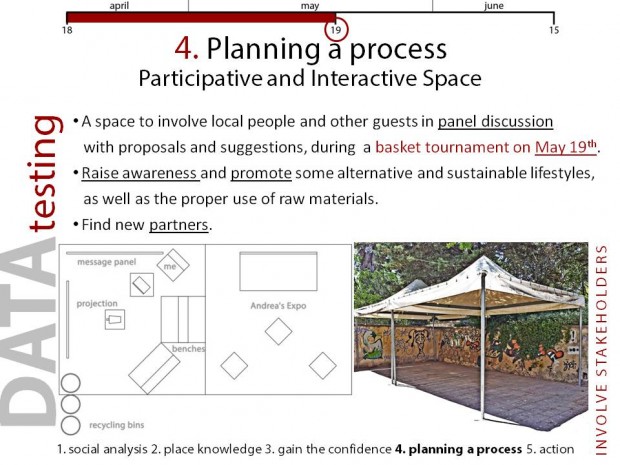
HYPOTHESIS
Two main problems / opportunities:
A too many diffuse initiatives, few connections
B abandoned or partially used spaces
Two possible solution:
A create a network: don’t dissipate energy
B let people participate into an inclusive local society
EXPERIMENT
Santa Maria la Palma, Alghero, Sardinia, Italy. June 15th, 2013.
PROJECT
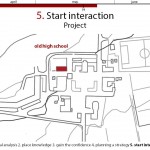
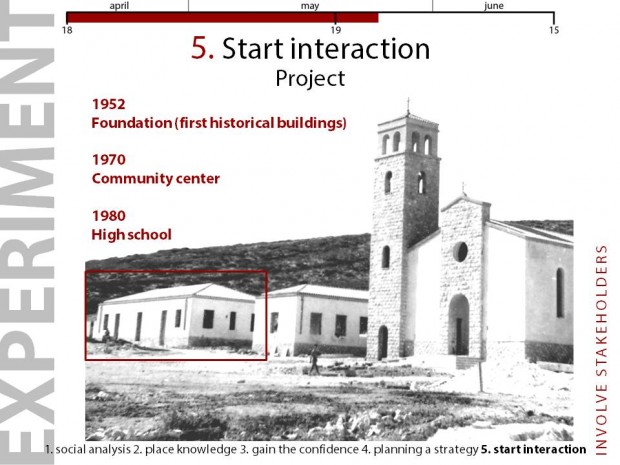
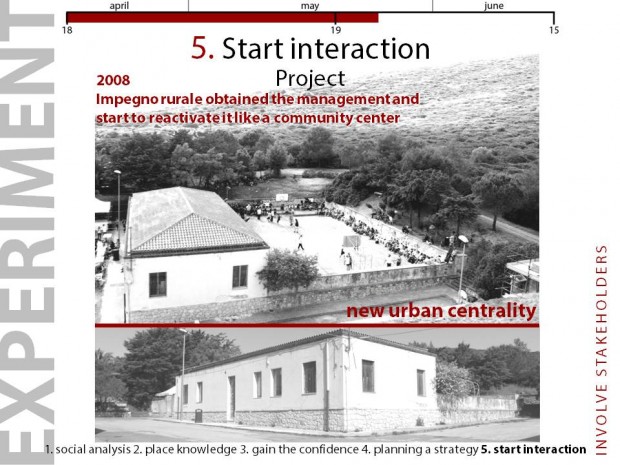
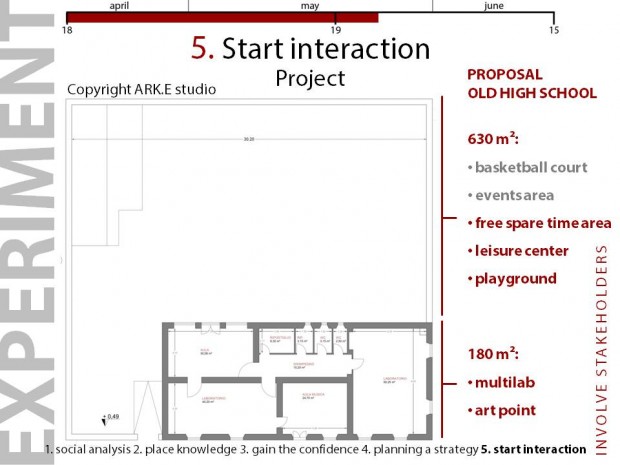
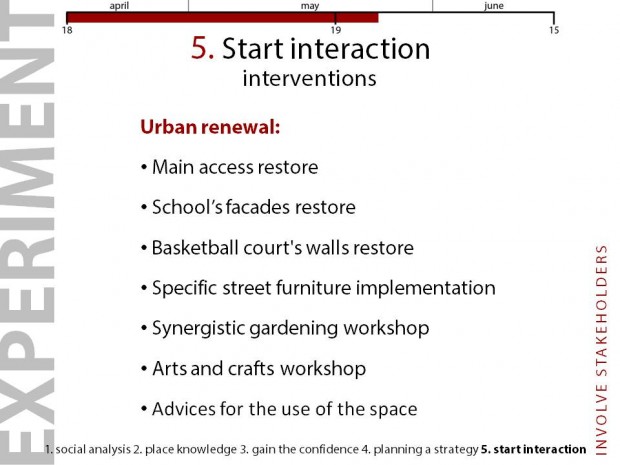
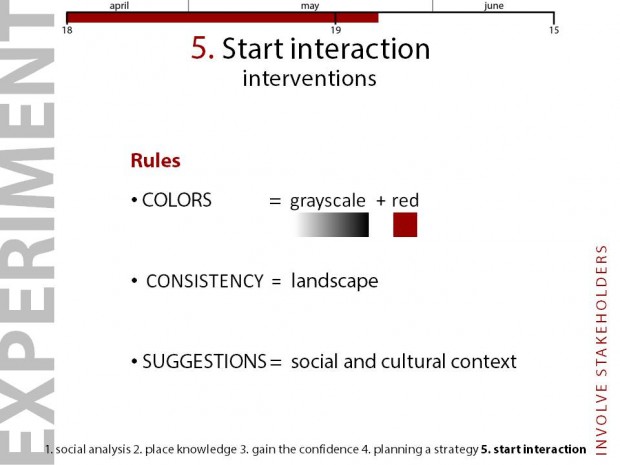
TEAM
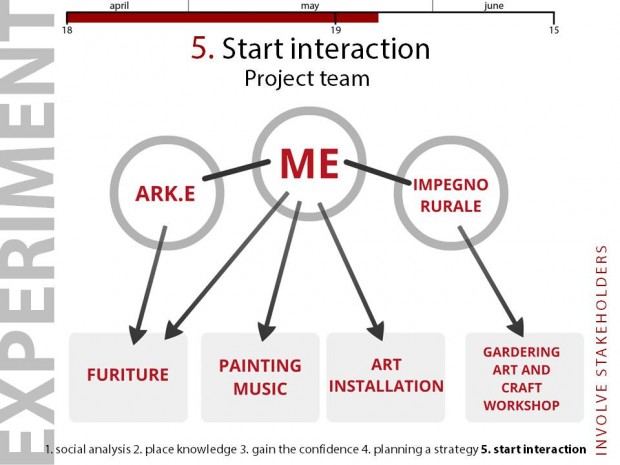
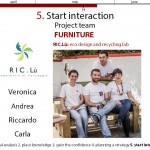
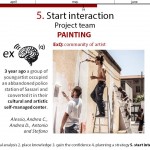
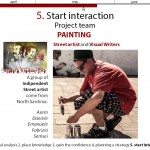
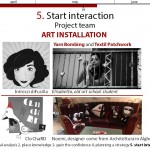
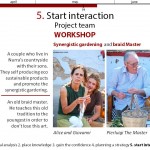
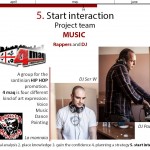
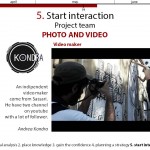
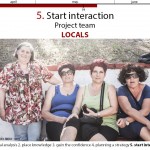
MEETINGS
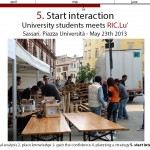
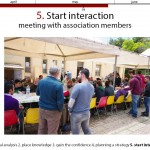
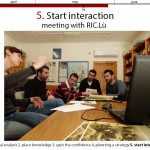
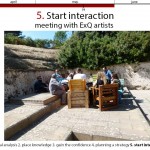
ACTION
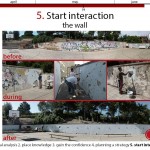
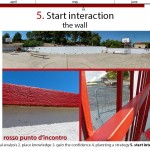
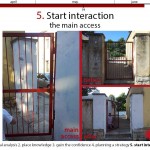
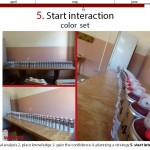
MARKETING
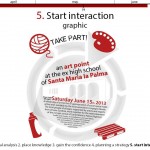
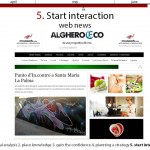
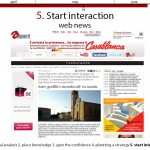

THE EVENT
PUNTO d’incontro – Official video
OUTCOME
In 5 days:
The official video in italian version has 100 visit per day.
The Facebook page reached more than 100 subscriptions.
Today I meet a city councilman of a town near Sassari and on monday I will be in another municipality, in order to present the project and propose them a new one.
PUNTO d’incontro just started…
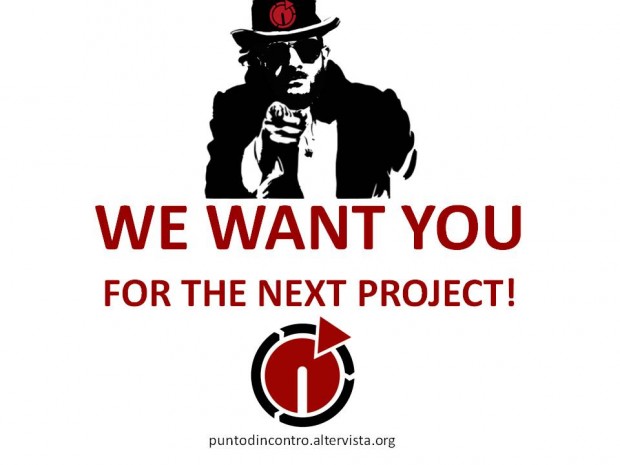
VUOTIdiSardegna is a social database born to map the Voids present in the Nurra territory and in the rest of Sardinia, and to attract attention on them giving proposals about their possible future.
The project begins from the topic of the Void and its possible interpretations. After analyzing the Void concept in culture, art and architecture, we developed a personal vision of the Void culminated in the “City of Voids”, an ideal city where every cluster corresponds to a different Void declination; in general, the Void is conceived as dynamic and moving. The advancement consists in the Void research in the Nurra region; we investigated the Nurra history and we went to the different hamlets to meet people, in order to understand how they feel the Void in their own territory: the result is the presence of the Memory Void in a context of Social Void. This outcome brought us to categorize these Voids as Potential Voids.
After the previous result and a deep research about the importance of building regeneration , we began the Void mapping, that led to VUOTIdiSardegna. The website is a platform that connects the different mapping voids realities already existing, and operating in the territory; the aim is to create the most complete database about abandoned places in Sardinia, thanks to the work of organizations like SardegnaAbbandonata and of every person and association, public and private, interested in contribute to the project. In fact, it’s a totally open website and this allows everyone to participate to the mapping process and the database construction, a social database because every attendee becomes a user linked with the voids and the other users.
VUOTIdiSardegna is set up as a tool thanks to which it’s possible to obtain different information layers about the Voids and make overlaps with them. In this way, the website facilitates the Voids use, in facts it connects empty space availability with any people need compatible with them. VUOTIdiSardegna is configured as a triple network: the Voids network, the Users networ and the Ideas network; they’re interconnected each other.
For every Void, it’s possible to see who are the users connected with it; for every user, it’s possible to see what proposal he made for that Void and for the others, and so on, in order to have connections and links between people, the Voids they mapped and the ideas they have for those Voids. In particular, every Void has its own page, where everyone – after the registration to the website and becoming a user – can make 5 simple actions:
- Add infos about the Void, contributing with images, videos and general informations
- See proposals made by other users for that Void
- Add proposals saying what the user wants for that place
- See what’s around, a list of similar examples
- See the action that was made for that void
Focusing on the action, it’s a kind of intervention on the building, in order to show a possible new life for it. In particular, our action shot for the Consorzio Agrario building in Pozzo San Nicola, a village depending on the Stintino Municipality. Since it was impossible to refresh the whole building with no resources, we provided to reactivate just a strip of it with different operations along: wall whitewash, climbing wall, a bench, the greengrass, a flooring, a bricks flooring, a path, a bikepath and the sidewalk refurbishment.
In a 80 cm strip, we gave a snapshot of a possibility for the abandoned building. The hope is to make Nurra (and Sardinia) inhabitants aware of the importance of these places, for the memory that they carry on and for their worth not only in the past but also in the future.
Actually, the website is working. It’s a testing phase and it will be followed by its implementation. We guess that it could really represent an important tool for Sardinia and for Sardinian people.
I’m very proud to present you the official trailer of the PUNTO d’incontro event:
More news coming soon.
Follow us!
Something has been built…
…in Pozzo San Nicola.
Something happened in Santa Maria la Palma last Saturday…
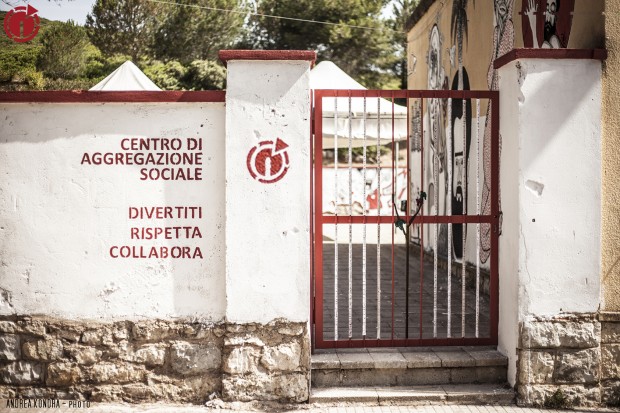
something happened…
…in Pozzo San Nicola
We have just to decide between one of these four hypothesis!
Any suggestion???
« Previous 1 … 5 6 7 8 9 … 12 Next »



